May 17, 2024: Tree Swallows on Cape Cod prefer habitats near water bodies such as marshes, ponds, and coastal areas. They nest in tree cavities or artificial nest boxes, benefiting from ample flying space for insect foraging. This Tree Swallow was recently seen near a nest box behind the parking lot at Wood Neck Beach. Go to falmouthbirds.com for more information!
Tree Swallows, like many bird species, often reestablish pair bonds at the start of the breeding season through a series of courtship rituals and behaviors. This process typically begins with the return of the birds to their breeding grounds, like Little Sippewissett Marsh, after their winter migration. Here’s a general overview of how tree swallows may reestablish pair bonds:
1. Return to Breeding Grounds: Tree swallows migrate to their breeding grounds in the spring, usually returning to the same area where they nested in previous years. This is the first step in reestablishing pair bonds.
2. Territorial Behavior: Once they arrive at their breeding grounds, male tree swallows begin to establish and defend territories. They do this by singing to advertise their presence and chasing away intruders, including other males.
3. Courtship Displays: Male tree swallows engage in elaborate courtship displays to attract females. These displays often involve aerial acrobatics, where the male will fly in looping patterns, sometimes carrying nesting material in his bill, to demonstrate his fitness as a mate.
4. Mate Selection: Female tree swallows assess the displays of potential mates and choose a partner based on factors such as the male’s vigor, health, and the quality of his territory. Once a pair forms, they engage in mutual preening and other bonding behaviors.
5. Nest Building: After pair formation, the male and female work together to build a nest. Tree swallows typically nest in cavities, such as tree hollows or artificial nest boxes. The female selects the nesting site and then both birds gather nesting material and construct the nest together.
6. Incubation and Rearing: Once the nest is built, the female lays eggs, typically laying one egg per day until the clutch is complete. She then incubates the eggs while the male helps by bringing her food. After the eggs hatch, both parents participate in feeding and caring for the young until they fledge and become independent.
Throughout this process, communication between the male and female, as well as the successful completion of each step, helps to strengthen and solidify the pair bond. Over time, this bond may become even stronger as the pair continues to work together to raise their offspring.

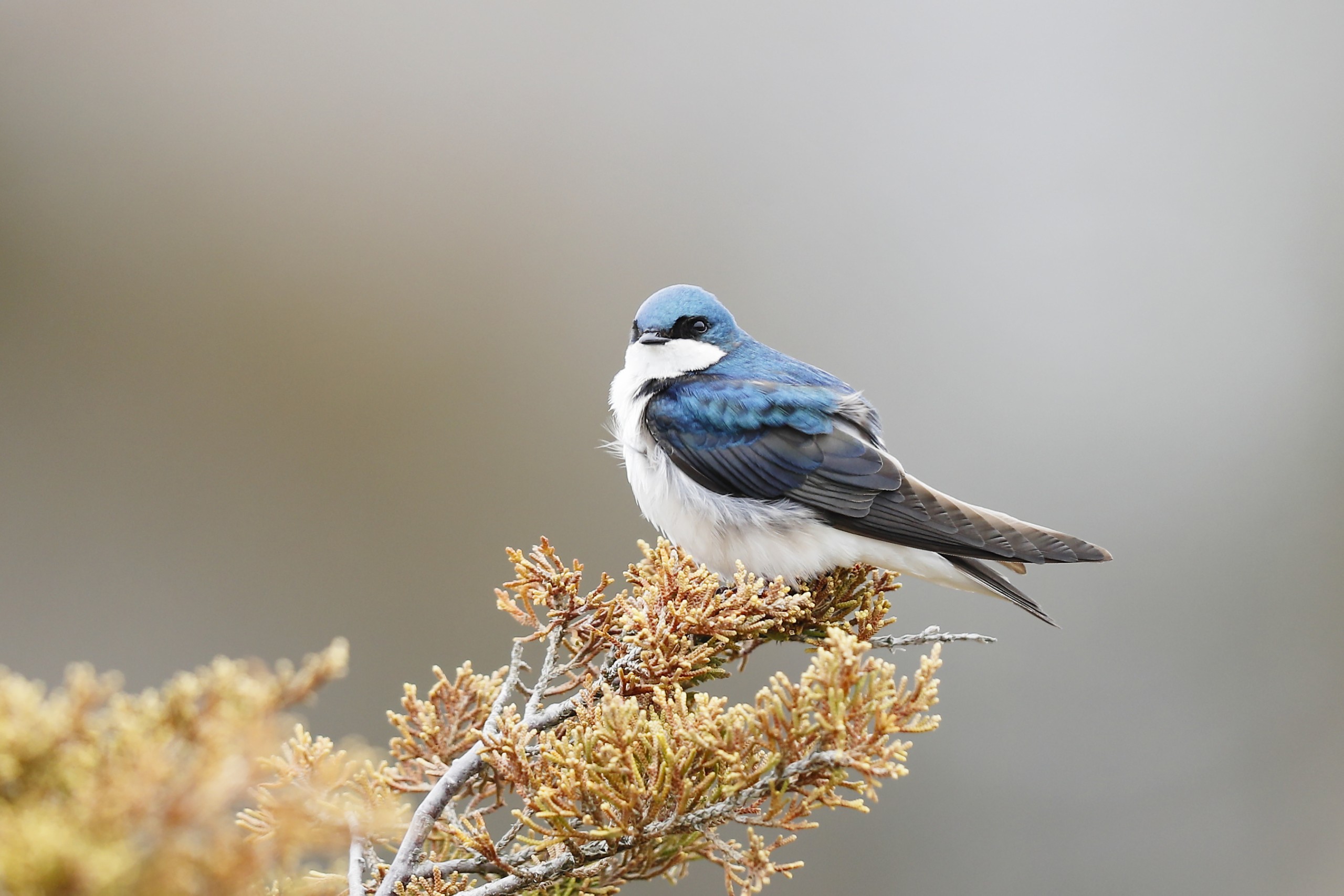
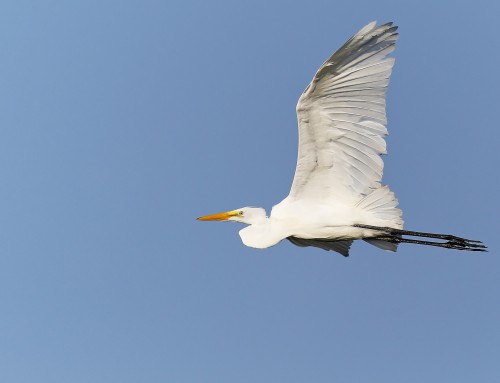
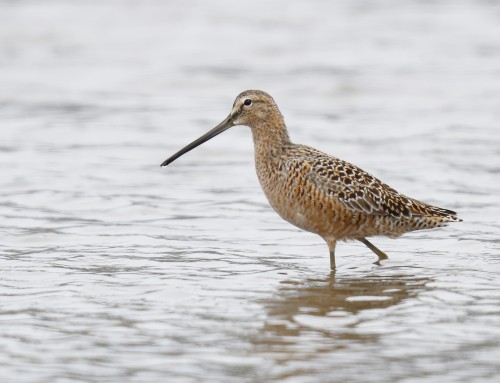
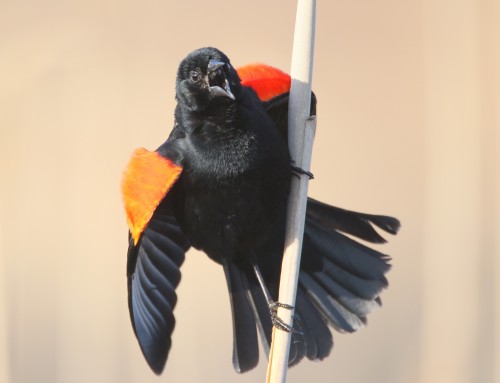
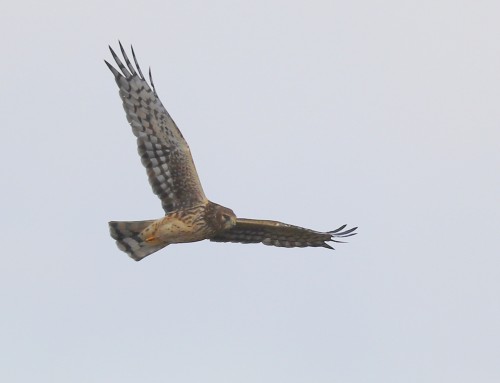
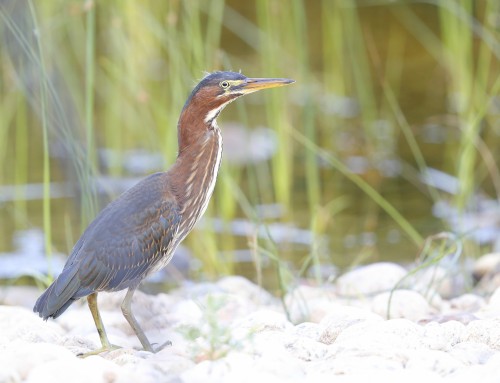
Leave A Comment
You must be logged in to post a comment.